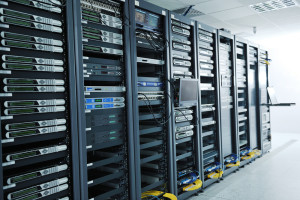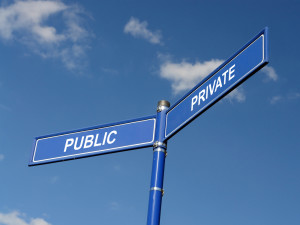 The changing nature of business requires constant adaptation. Company mergers, directives to consolidate, or aging on-site facilities can compel the need for data center migration.
The changing nature of business requires constant adaptation. Company mergers, directives to consolidate, or aging on-site facilities can compel the need for data center migration.
And although there are many options available, transferring IT equipment and workloads can be an expensive and laborious undertaking if not done properly.
Whether the plan involves moving to a colocation provider or an established, consolidated new facility, applying logical best practices can help any company ensure that the migration is successful.
Step #1: Strategy
The first step involves choosing which equipment to transfer. Data center migration is an opportunity to analyze inventory. Perhaps some older equipment should be phased out? Maybe it’s time to trade-in rentals? Can certain hardware or software contracts be terminated? This is an excellent time to assess the value of various service contracts.
Moreover, companies should know if equipment adaptations are required for the new facility. Is it possible to design a higher density environment? Can aisle containment or pods be implemented? Looking at the new data center location in terms of functionality can allow the migration to double as a power structure planning process as well.
Step #2: Scheduling
Companies should schedule data center migration according to their needs. If downtime doesn’t present a significant impediment, the move can be conducted all at once with the right personnel. However, moving equipment in chunks or stages can offer the advantage of having key elements operating in the new location to aid system transfers.
The ideal moving date should be scheduled after business hours and during off-peak usage. For instance, it’s not a good idea to schedule a data center migration during a new product launch or intensive in-house project.
Step #3: Inventories and Facility Reviews
Listing all of the equipment intended for the transfer and reviewing service contracts is a crucial part of data center migration.
Companies should pull system logs and inventory documentation to visually verify existing items and record any new equipment before packing. Disaster recovery (DR) contracts will require notification to the new location, and businesses should plan for possible loaner equipment or a short-term service contract to guard against any accidents that might occur during the migration.
Physically label each item being moved, and gather and record all of its warranty information, including serial numbers. Double-check to ensure that nothing during the migration process will void warranties.
Prepare, adjust, and run backup and DR plans. In addition, having a physical back up in addition to one in the cloud can be helpful.
Step #4: Making the Move
Organize the moving personnel into groups according to function, and confirm access to the new location. Companies that create a comprehensive data migration strategy can ensure success by including a step-by-step process for equipment transfers, reinstallation, and back-up plans.
Label the equipment, cables, and other items according to where it will be located to speed up the reinstallation process. Also, dispose of old equipment according to purge/safety protocols.
Security should be a high priority. Data center migration creates vulnerabilities, so track everything and closely monitor security logs.
Step #5: Equipment Testing
After installation, perform applicable tests to verify functionality and perform a visual check that all of the equipment is in place.
Document the process from beginning to end. This offers companies actionable intelligence that can help identify any inefficiencies or problems to avoid during future migration processes.
 Many businesses have cloud security concerns because of past hacking incidents. However, many of these events could have been prevented with proper cloud data backup.
Many businesses have cloud security concerns because of past hacking incidents. However, many of these events could have been prevented with proper cloud data backup. A recent Computerworld article indicates the trend toward cloud computing will continue its upward climb in the enterprise IT world. When 194 IT executives answered a November 2014 poll, one quarter had moved applications to the cloud and intended more moves in the near future.
A recent Computerworld article indicates the trend toward cloud computing will continue its upward climb in the enterprise IT world. When 194 IT executives answered a November 2014 poll, one quarter had moved applications to the cloud and intended more moves in the near future. The cloud can be many things to many companies. In some ways, the cloud offers a multifaceted revolution that mirrors the way outsourced data years ago changed how IT departments operate.
The cloud can be many things to many companies. In some ways, the cloud offers a multifaceted revolution that mirrors the way outsourced data years ago changed how IT departments operate. One of the hottest business trends right now is cloud computing. One prediction is that the market for public clouds as data storage options will expand annually by 23 percent over a five-year period, increasing revenue from approximately $48 billion to a whopping $130 billion.
One of the hottest business trends right now is cloud computing. One prediction is that the market for public clouds as data storage options will expand annually by 23 percent over a five-year period, increasing revenue from approximately $48 billion to a whopping $130 billion.